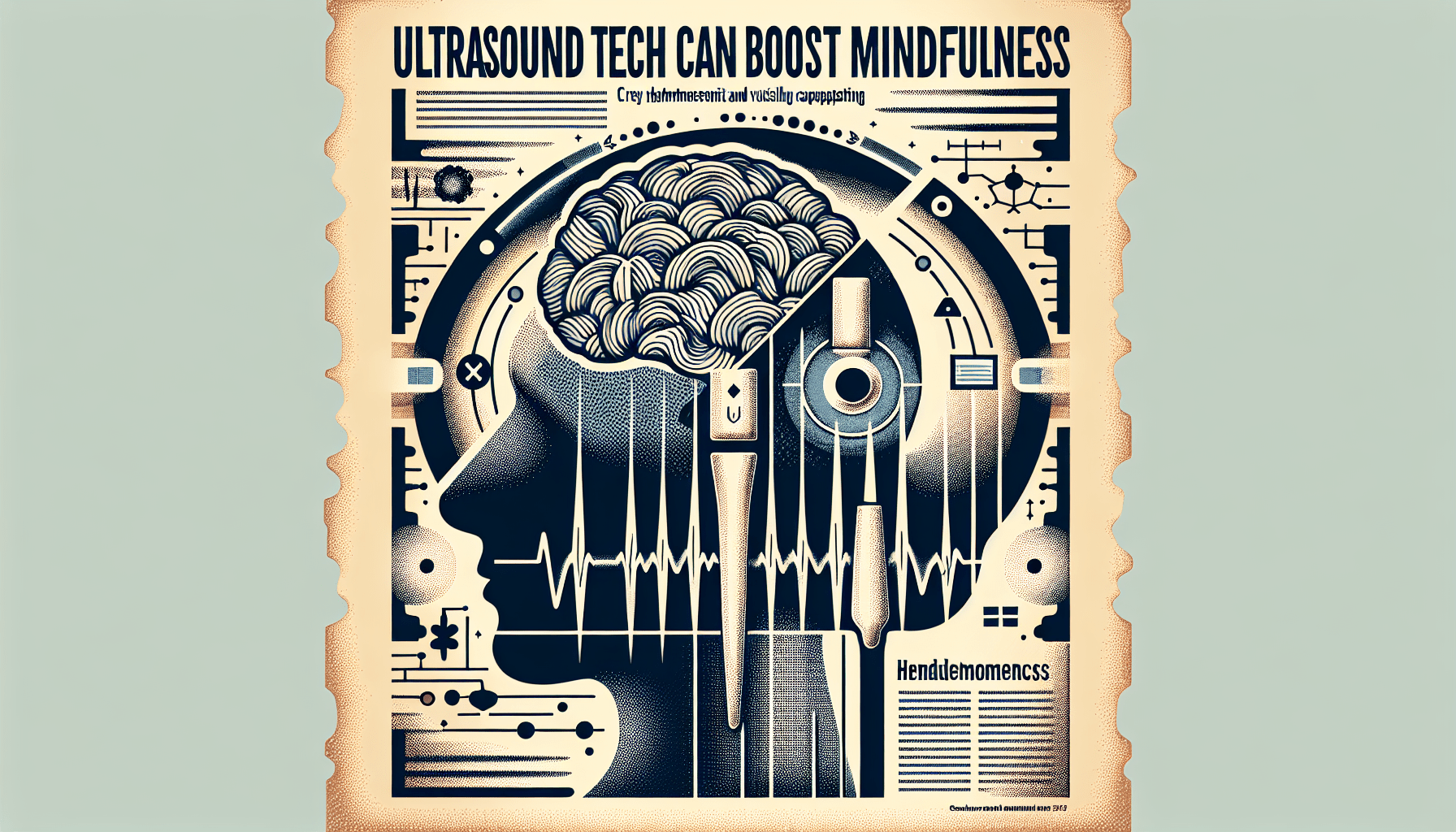Have you ever struggled with chronic pain and wondered if there’s a natural, effective way to alleviate it? Pain is an undeniably challenging experience that can profoundly affect your quality of life. Fortunately, there’s growing evidence that mindfulness meditation can be a powerful tool in reducing pain intensity and unpleasantness.

Effectiveness of Mindfulness Meditation
Mindfulness meditation stands out as a robust technique for pain reduction. Unlike conventional approaches that might require medications or physical therapies, mindfulness meditation offers a drug-free, holistic alternative. Research has shown that it is significantly more effective at alleviating pain compared to placebo treatments.
How Effective Is It?
Mindfulness meditation not only reduces the intensity of pain but also decreases the unpleasant feelings associated with it. This dual action makes it a compelling method for managing discomfort.
| Mindfulness Meditation | Placebo Treatment | |
|---|---|---|
| Pain Intensity | Significantly Reduced | Moderately Reduced |
| Unpleasantness | Significantly Reduced | Slightly Reduced |
Mindfulness meditation offers more substantial relief from pain and the emotional distress it often causes. This effectiveness stems from its unique ways of interacting with the brain.
Unique Brain Mechanisms
One of the most fascinating aspects of mindfulness meditation is that it engages distinct brain mechanisms related to self-awareness and emotional regulation. This differs fundamentally from how placebos work.
Self-Awareness and Emotional Regulation
When you practice mindfulness meditation, you engage parts of the brain responsible for self-awareness and emotional regulation. These areas help you stay present, accept your sensations without judgment, and thereby reduce pain perception.
| Brain Function | Mindfulness Meditation | Placebo |
|---|---|---|
| Self-Awareness | Highly Engaged | Low Engagement |
| Emotional Regulation | Highly Engaged | Minimal Engagement |
The engagement of these brain functions creates a more profound and lasting impact on your pain experience.
Advanced Imaging Techniques
Researchers have used advanced brain imaging techniques to offer a clearer understanding of how mindfulness meditation impacts the brain compared to placebo treatments. This approach has revealed fascinating insights into the neural pathways involved in pain reduction.
Types of Imaging Used
Various imaging methods, such as functional MRI (fMRI), are utilized to visualize brain activity. These techniques help reveal the differences between how mindfulness meditation and placebos affect brain function.
Comparative Analysis
By comparing brain scans, researchers have been able to pinpoint distinct patterns of brain activity associated with each intervention. This has led to groundbreaking discoveries about the neurobiological basis of pain relief through mindfulness.
| Area of Impact | Mindfulness Meditation | Placebo Treatment | Sham-Mindfulness |
|---|---|---|---|
| Pain Reduction | Significant | Moderate | Minimal |
| Brain Activity Changes | Pronounced | Limited | Negligible |
The use of advanced brain imaging has given credibility to the findings, showing not just subjective reports of pain reduction but objective changes in brain activity as well.
Brain Activity Changes
Mindfulness meditation specifically reduces brain activity patterns associated with pain and negative emotions. These changes provide a deeper understanding of why this practice is effective for managing pain.
Pain-Related Brain Changes
During mindfulness meditation, there’s a noticeable reduction in activity in brain areas that process pain signals. This can be viewed as turning down the volume on pain, making it easier for you to handle discomfort.
Emotional Impact
Additionally, mindfulness meditation lessens brain activity related to negative emotions. What this means for you is that alongside reducing pain, it also helps diminish the emotional suffering often associated with it.
| Brain Area | Mindfulness Impact | Emotional Regulation |
|---|---|---|
| Pain Processing Centers | Reduced Activity | Enhanced |
| Emotion-Processing Centers | Reduced Negative Activations | Enhanced Emotional Control |
These dual actions make mindfulness meditation a powerful tool for not just reducing physical pain but also managing the emotional components of suffering.

Study Details
The effectiveness of mindfulness meditation in pain reduction was explored in a detailed study conducted by researchers at UC San Diego. The study included 115 healthy participants who underwent various interventions to test their reaction to painful heat stimuli.
Participant Demographics
This study was conducted on a varied demographic to ensure the results could be generalized across different segments of the population. Participants were subjected to painful heat stimuli following various interventions, including mindfulness meditation, placebo creams, and sham-mindfulness treatments.
| Participants | Number |
|---|---|
| Total | 115 |
| Healthy Adults | 115 |
Interventions Used
The study design included distinct interventions:
- Mindfulness Meditation: Participants engaged in a short session of guided mindfulness.
- Placebo Treatment: A placebo cream was applied with assurances of pain relief.
- Sham-Mindfulness: Participants were given instructions that mimicked mindfulness without engaging the true cognitive focus.
This diverse approach allowed for an effective comparison between real and placebo effects.
Novel Analysis Method
A groundbreaking aspect of this study was the use of multivariate pattern analysis (MVPA) and machine learning to unravel the neural mechanisms underlying pain. These advanced analytical methods provided deeper insight into how mindfulness meditation influences brain activity and pain perception.
What is MVPA?
MVPA is a sophisticated analysis technique that evaluates patterns across multiple variables. In this study, it helped dissect the complex interactions within the brain during pain processing.
Role of Machine Learning
Machine learning algorithms further improved the accuracy and depth of analysis. By integrating vast amounts of data, these algorithms could effectively distinguish between the neural impacts of different interventions.
| Method | Purpose |
|---|---|
| MVPA | Analyze complex brain activity patterns |
| Machine Learning | Enhance accuracy and interpret vast data sets |
The combination of these methods provided a richer, more nuanced understanding of how mindfulness meditation affects the brain’s response to pain.

Distinct Neural Pain Signatures
One of the major findings of this study was that mindfulness and placebo engage separate neural mechanisms. This distinction highlights mindfulness meditation as a direct intervention for chronic pain, grounded in unique neural processes.
Neural Mechanisms of Mindfulness
Mindfulness meditation activates specific brain regions associated with attention control, emotional regulation, and self-referential processing. These regions form a distinct neural signature that differs from the placebo effect.
Practical Implications
Understanding these distinct neural mechanisms opens the door to more targeted therapies for pain management. It reinforces the notion that mindfulness meditation can be particularly effective in chronic pain conditions, offering a path to relief that is fundamentally different from placebo treatments.
| Neural Mechanism | Mindfulness | Placebo |
|---|---|---|
| Attention Control | Highly Activated | Low Activation |
| Emotional Regulation | Highly Engaged | Minimal Engagement |
| Self-Referential Processing | Highly Engaged | Not Engaged |
This distinct neural signature supports the idea that mindfulness meditation can serve as a direct and effective intervention for those suffering from chronic pain.
Implications for Chronic Pain
The study’s findings have significant implications for chronic pain management. While more research is needed in chronic pain patients, the results are promising.
Potential for Broader Application
These findings suggest that mindfulness meditation could lead to more effective and accessible interventions for chronic pain sufferers. By reducing both the intensity and unpleasantness of pain, mindfulness could improve daily functioning and quality of life.
Need for Continued Research
Although the initial results are compelling, further research involving chronic pain patients is essential to validate these findings in real-world settings. Such research would help refine mindfulness practices to better cater to the needs of chronic pain sufferers.
| Implication | Details |
|---|---|
| Broader Application | Potential to improve quality of life and daily functioning |
| Continued Research | Necessary to validate findings in chronic pain patients |
These implications underscore the transformative potential of mindfulness meditation in the field of pain management, providing hope for those suffering from chronic conditions.

Research Funding
The study was funded by the National Center for Complementary and Integrative Health, underscoring its importance and the credibility of its findings. This support highlights the value of exploring integrative approaches to health and well-being.
Funding Significance
The involvement of a reputable funding body adds a layer of credibility and assurance to the study’s outcomes. This ensures that the research meets high standards of rigor and integrity.
| Funding Source | Contribution |
|---|---|
| National Center for Complementary and Integrative Health | Financial support for research and resources |
This level of funding and support elevates the trustworthiness of the study, making its findings more reliable and impactful.
Future Research
Researchers aim to continue exploring the neurobiology of mindfulness to leverage its benefits for pain reduction in various health conditions. This ongoing research will help refine and expand the applications of mindfulness meditation.
Areas of Future Exploration
Future studies may focus on diverse populations, different types of pain, and varying lengths and intensities of mindfulness practice. This will help create a tailored approach that optimizes pain management across different contexts.
Collaborative Efforts
Combining efforts across neuroscientists, psychologists, and pain management specialists will provide a comprehensive understanding of how mindfulness can be effectively integrated into treatment plans.
| Future Direction | Focus Area |
|---|---|
| Diverse Populations | Testing across various demographics and health conditions |
| Integration | Collaborating with specialists for comprehensive pain management |
The future of mindfulness research is promising, paving the way for innovative and effective pain management strategies.

Conclusion
The effectiveness of mindfulness meditation in pain reduction is supported by compelling research. By engaging distinct brain mechanisms related to self-awareness and emotional regulation, it provides more substantial relief from pain compared to placebos. Advanced imaging techniques and novel analysis methods have validated these effects, showing significant changes in brain activity patterns associated with pain and negative emotions.
Conducted by UC San Diego researchers, this study highlights the potential of mindfulness meditation in managing chronic pain, backed by the support of the National Center for Complementary and Integrative Health. As research continues to evolve, the findings promise to lead to more effective, accessible interventions for those suffering from chronic pain. Embracing mindfulness meditation could be a transformative step toward a life with less pain and greater well-being.




